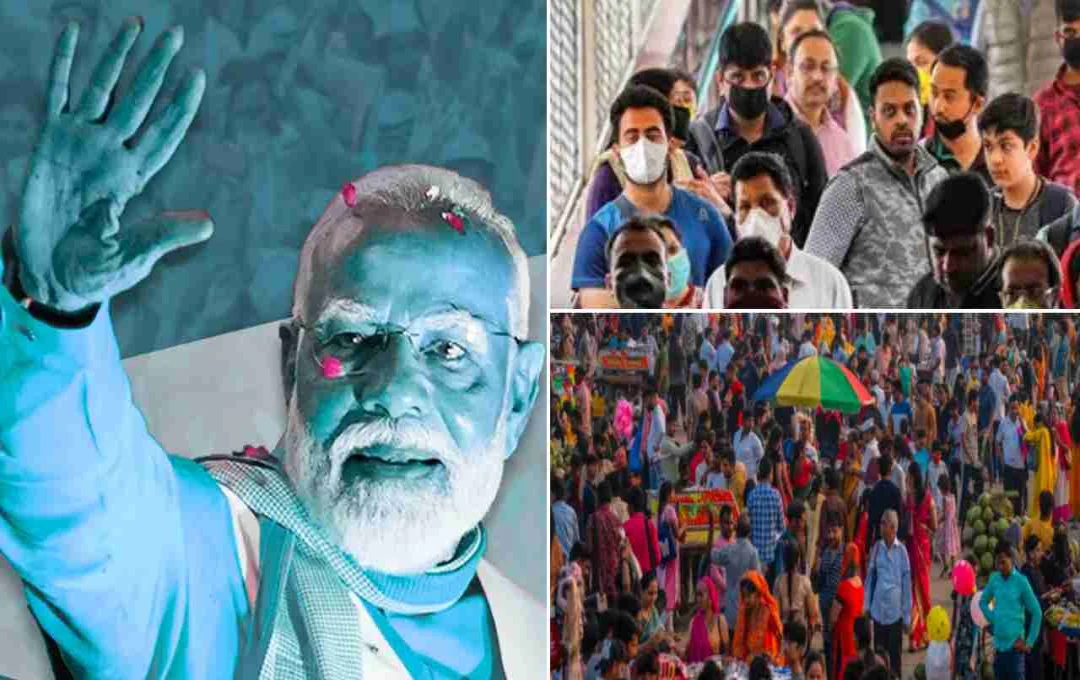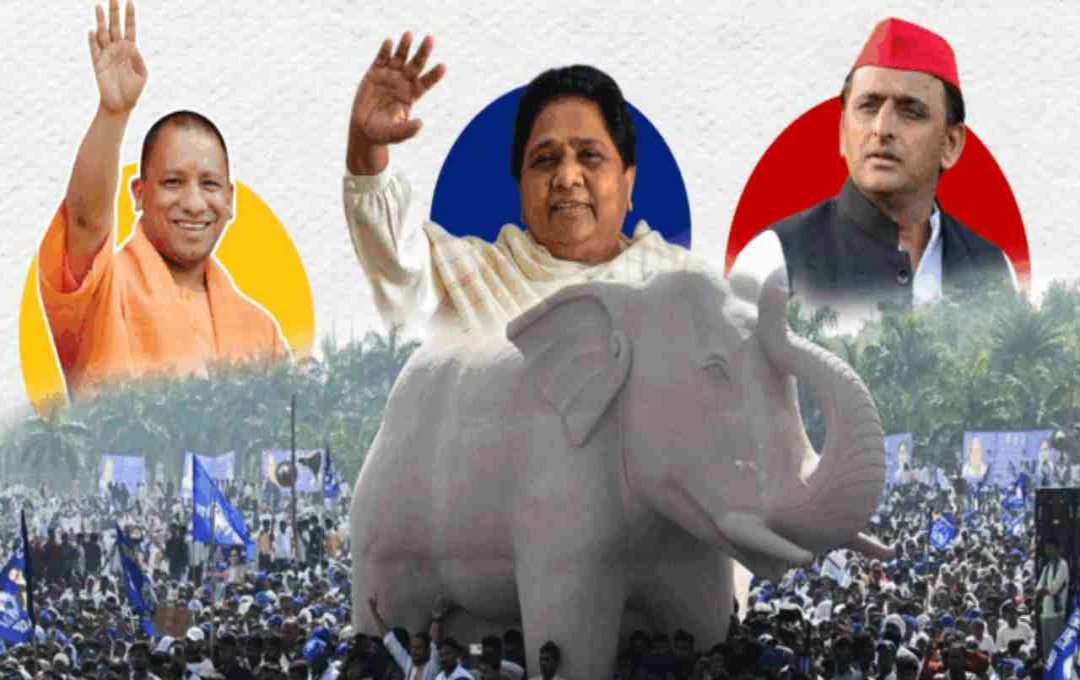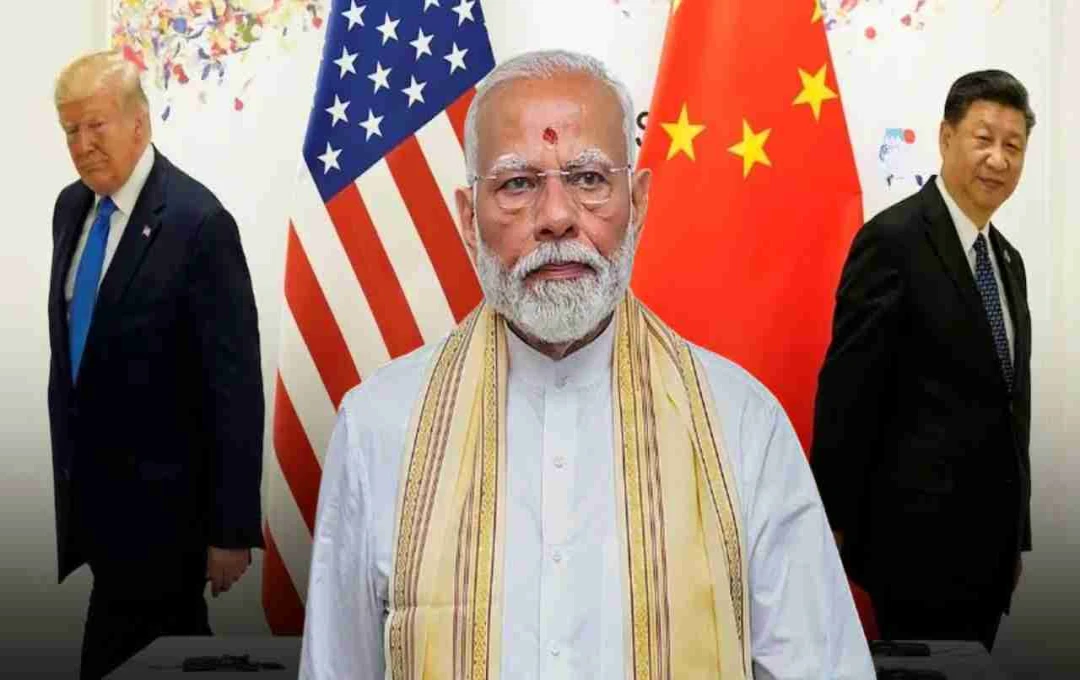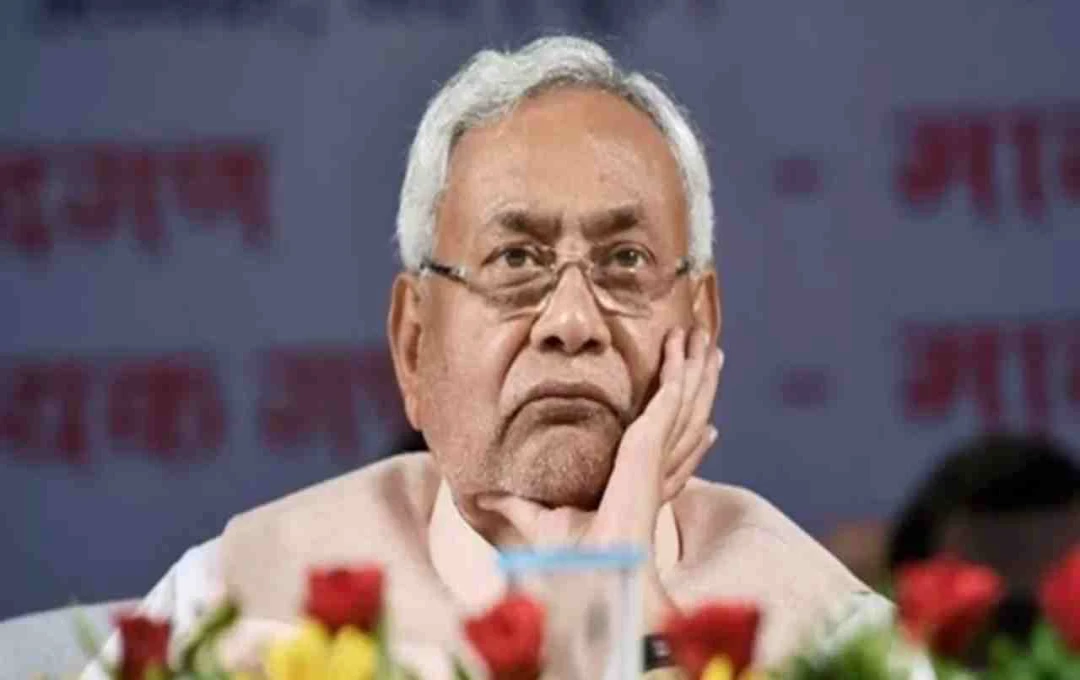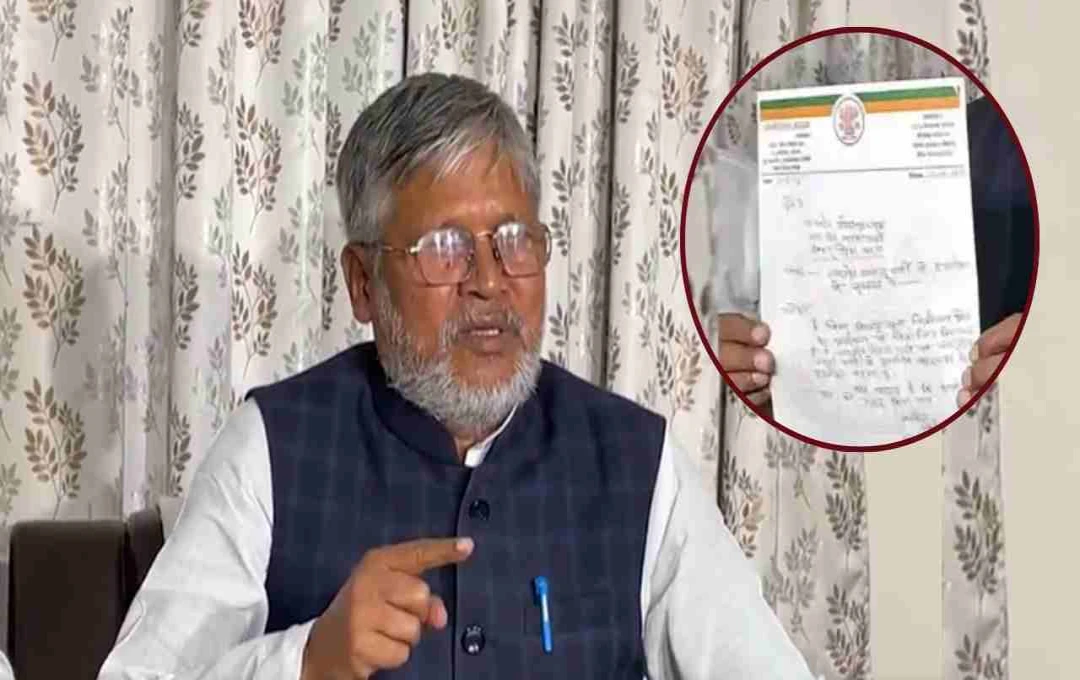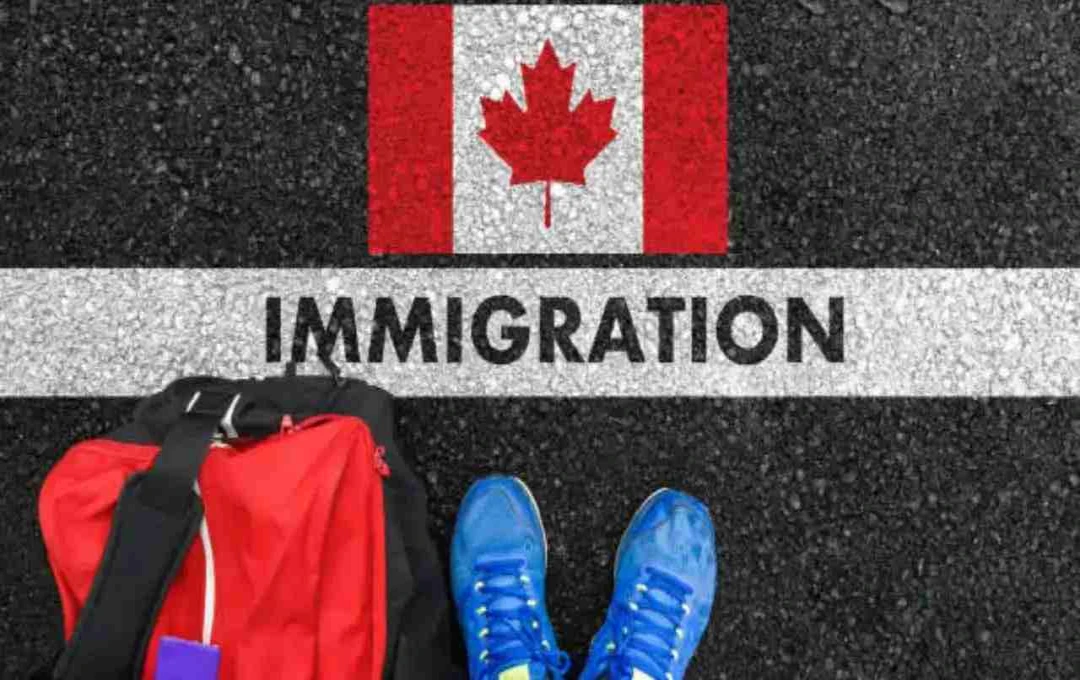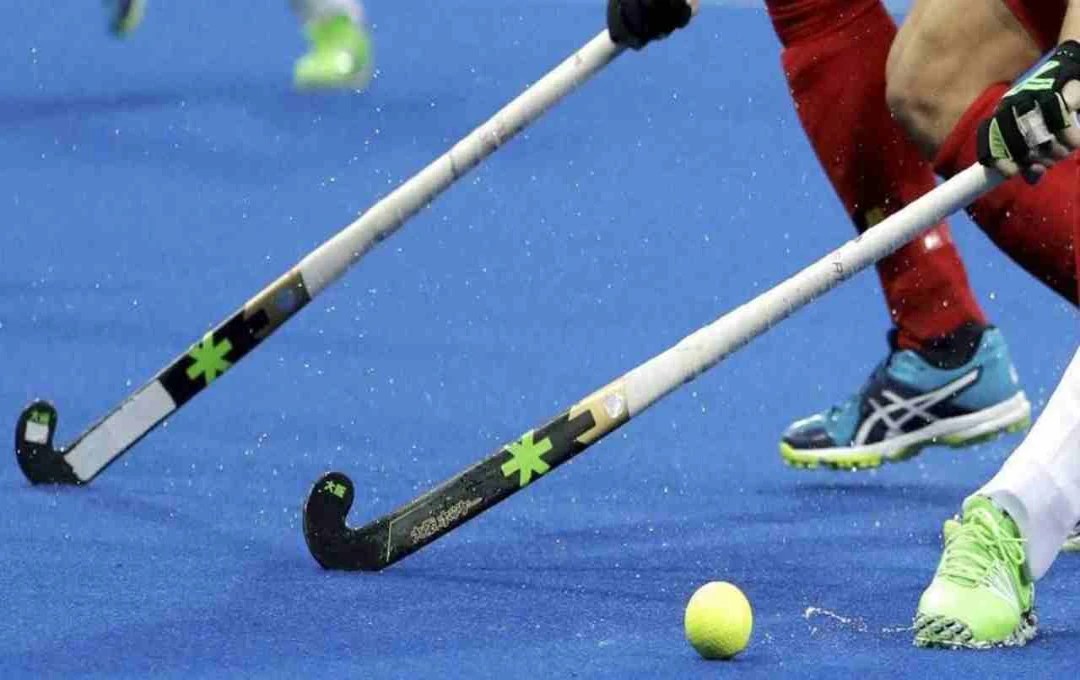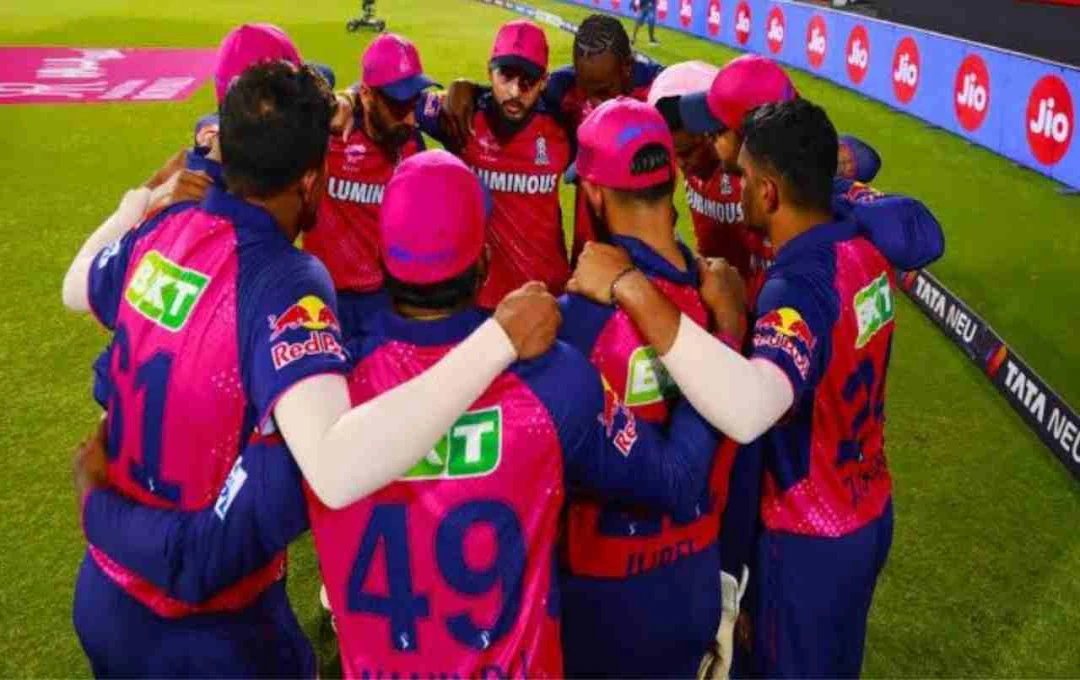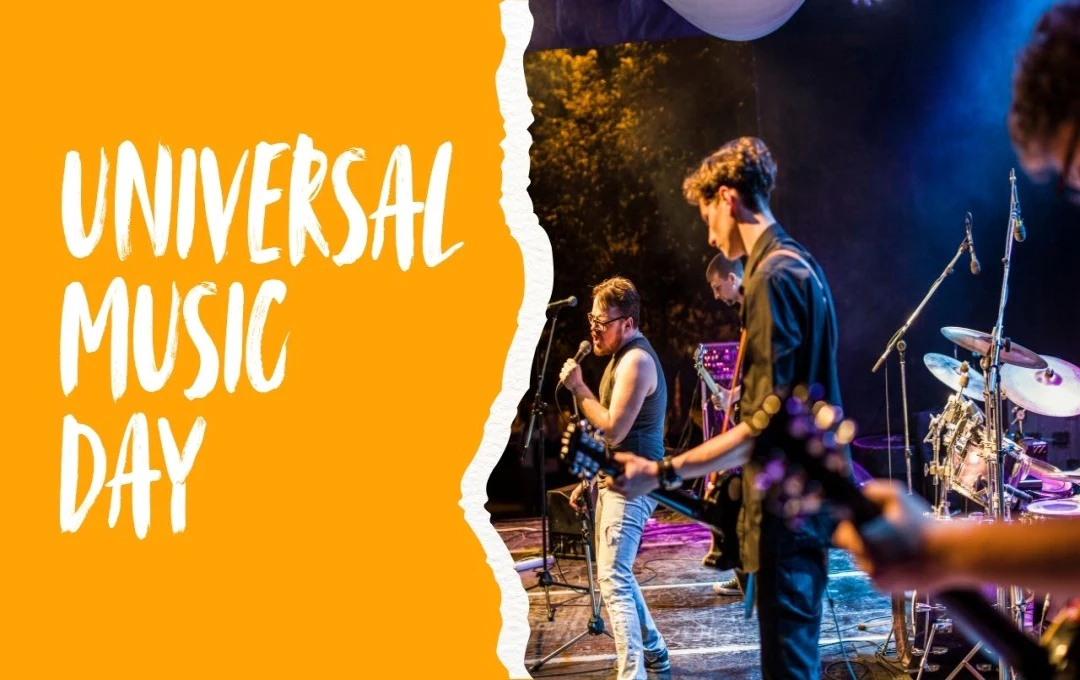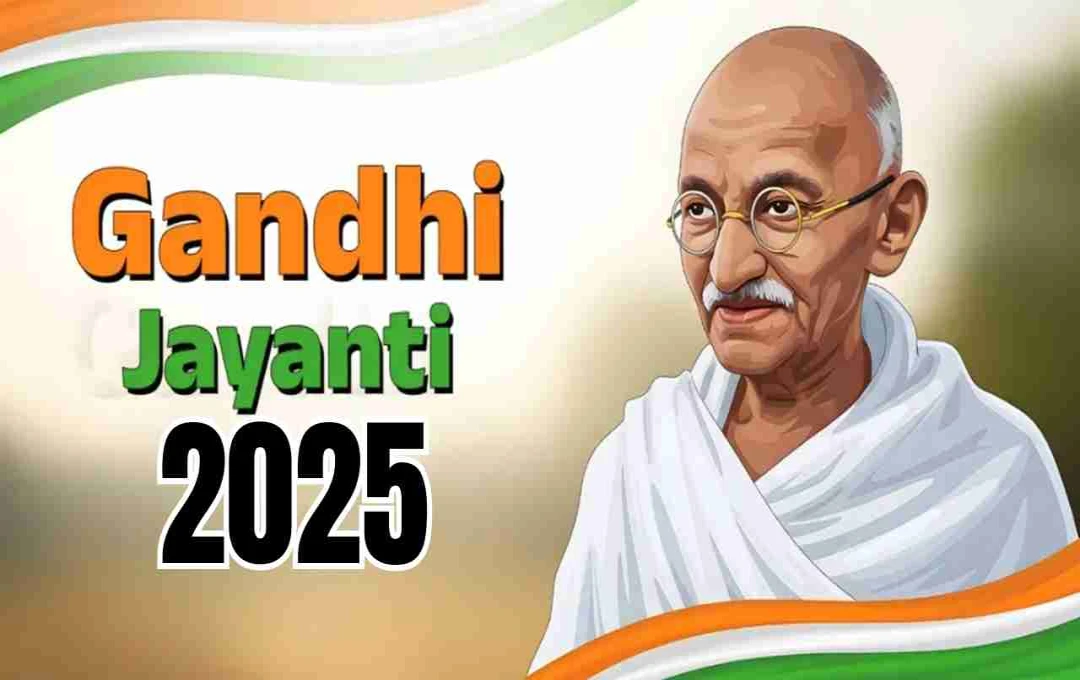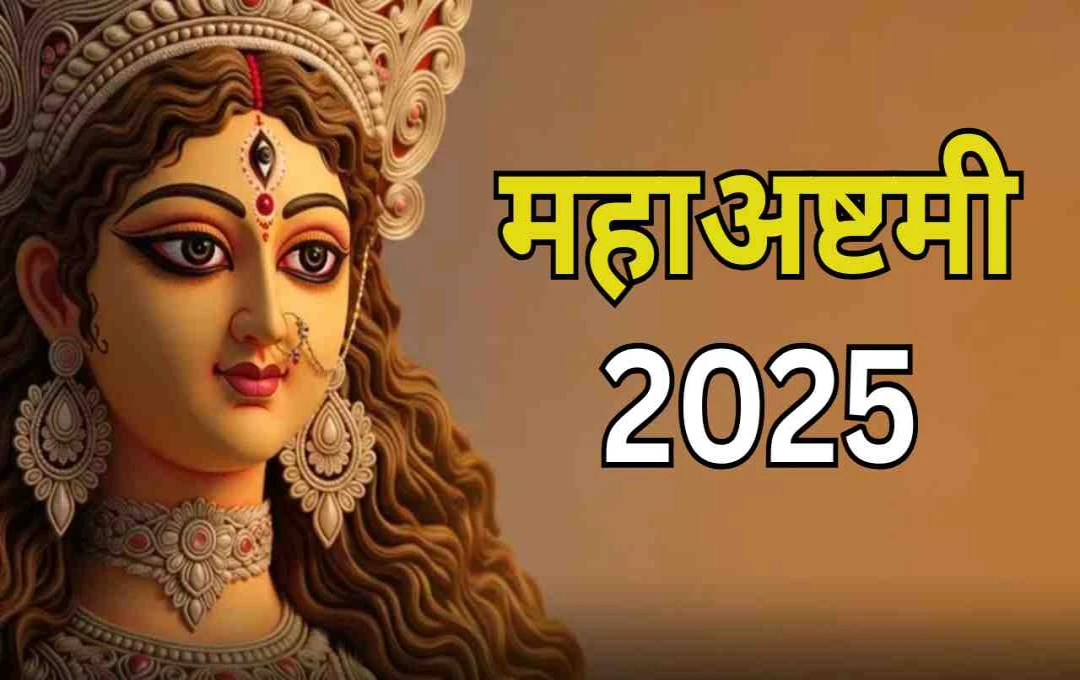India has made remarkable progress in reducing income inequality. According to recently released data, India's Gini Index score is 25.5, which places it as the fourth most equal country globally.
India has achieved fourth place, surpassing many developed countries, in terms of income equality. According to the latest World Bank report, India's Gini Index score is 25.5, which is significantly better than countries like the United States and China. The Gini Index is a measure used to assess the equality of income and wealth distribution within a country.
What is the Gini Index and what does it mean?
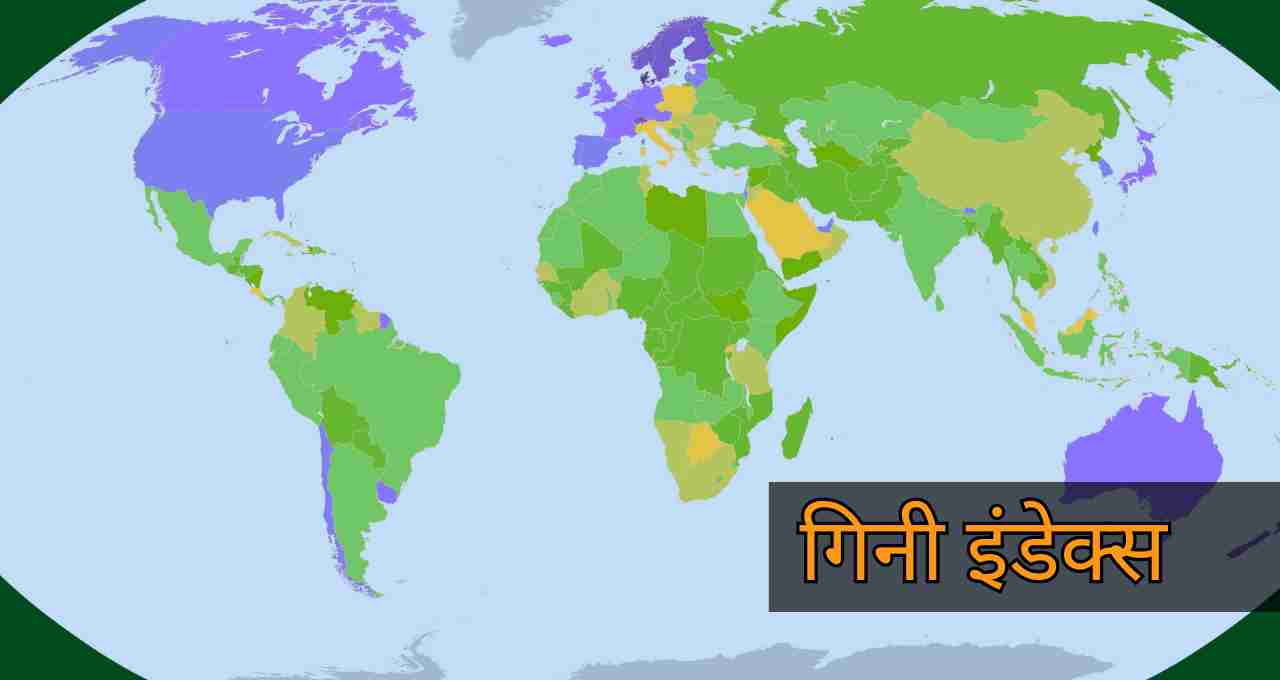
The Gini Index is a score between 0 and 100. If a country scores 0, it indicates complete equality, meaning everyone has the same income and wealth. Conversely, a score of 100 means that all wealth and resources are held by a single individual, leaving everyone else with nothing. India's score of 25.5 indicates a fairly balanced income distribution in the country. This score places it in the category of countries with 'medium-low' inequality.
Dramatic improvement in a decade
In 2011, India's Gini Index was 28.8, which has now decreased to 25.5. This shows that the distribution of resources and income has become more balanced in the country over the past ten years. The primary reasons behind this are a significant reduction in poverty and government schemes that have brought positive changes to people's lives.
Over 170 million people lifted out of poverty
According to the World Bank's 2025 'Spring Poverty and Equity Brief' report, over the past ten years, 171 million people in India have escaped extreme poverty. In 2011-12, 16.2 percent of the population lived on less than $2.15 per day, while in 2022-23, this figure has decreased to only 2.3 percent.
According to the new poverty line, i.e., $3.00 per day, India's poverty rate is estimated to be only 5.3 percent. These figures show that more people in India now have access to economic stability and basic necessities of life than before.
Stand-Up India and Vishwakarma Yojana
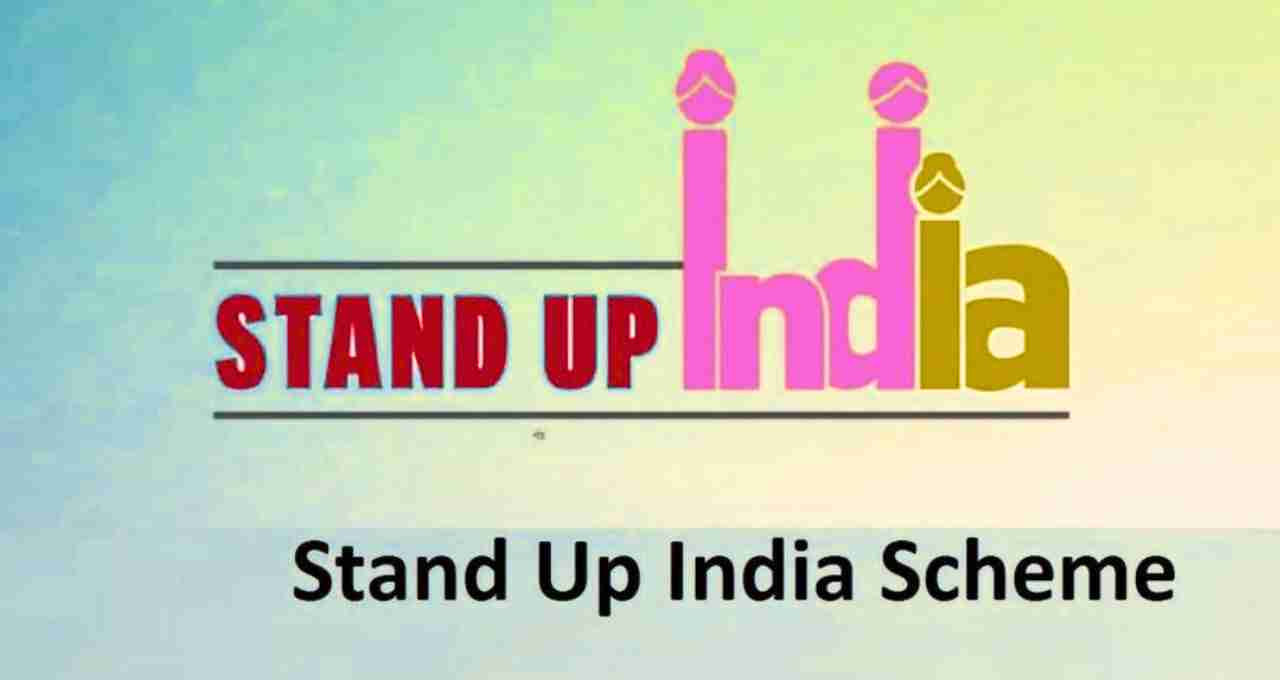
Under the Stand-Up India scheme, more than 275,000 SC/ST and women entrepreneurs have been provided loans of over ₹62,800 crore. Furthermore, the PM Vishwakarma Yojana has provided modern toolkits, training, and loan facilities to about 3 million traditional artisans, strengthening their businesses.
The significant role of schemes behind economic equality
Several government schemes have played a crucial role in this transformation. Particularly, the schemes that have directly reached the lower sections of society, women, artisans, and farmers have played a decisive role in bringing income equality.
Pradhan Mantri Jan Dhan Yojana brought banking services to millions
Under the Jan Dhan Yojana, over 556.9 million bank accounts have been opened to date. This scheme has connected those who were previously excluded from banking services. It has ensured direct transfer of government benefits into accounts and reduced the role of intermediaries.
Ayushman Bharat Yojana provided a health insurance cover
Under this scheme, over 413.4 million people have benefited from health insurance so far. The scheme provides free treatment up to ₹5 lakh per family and includes 32,000 hospitals across the country. Notably, special provisions have been made for senior citizens over 70 years of age.
Garib Kalyan Anna Yojana provided relief during crises
Launched during the COVID-19 pandemic, the PM Garib Kalyan Anna Yojana provided free food grains to over 806.7 million people. This scheme is still ongoing and has provided food security to millions of families.
Better performance than China, the US, and G20 countries
India has surpassed major countries like China (35.7) and the United States (41.8) in this list. Moreover, India's performance has been better than every G7 and G20 country. The World Bank report states that India, in terms of income equality, now stands in the ranks of countries like Norway, Finland, Iceland, and the UAE. In total, around 30 countries are included in this category.
